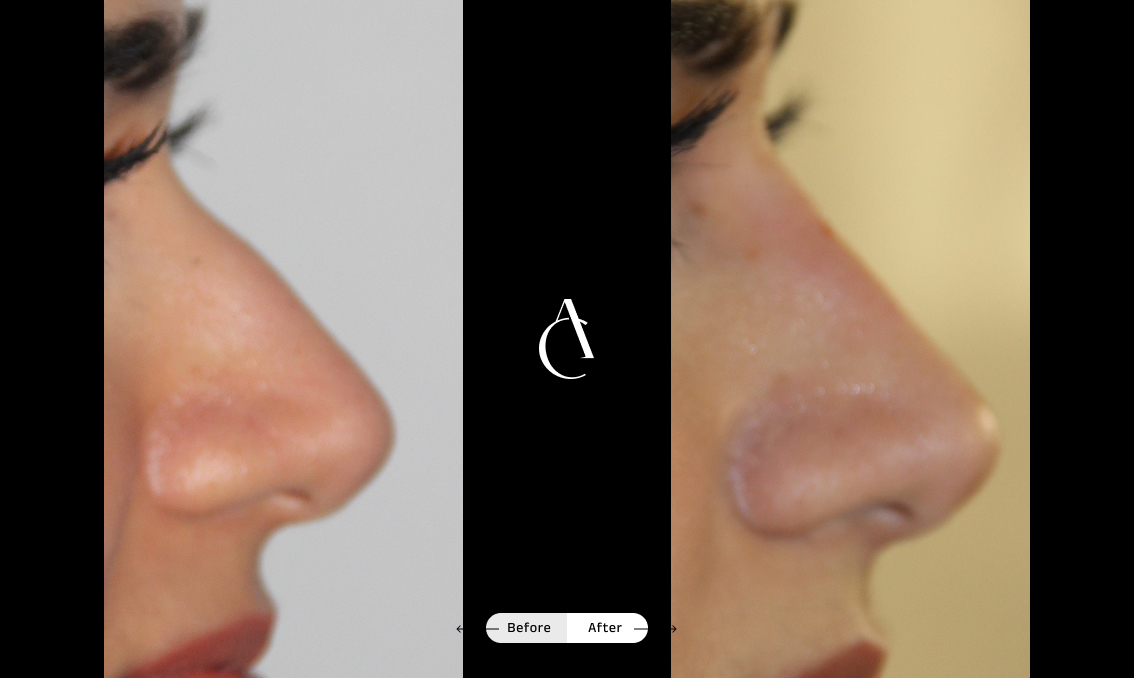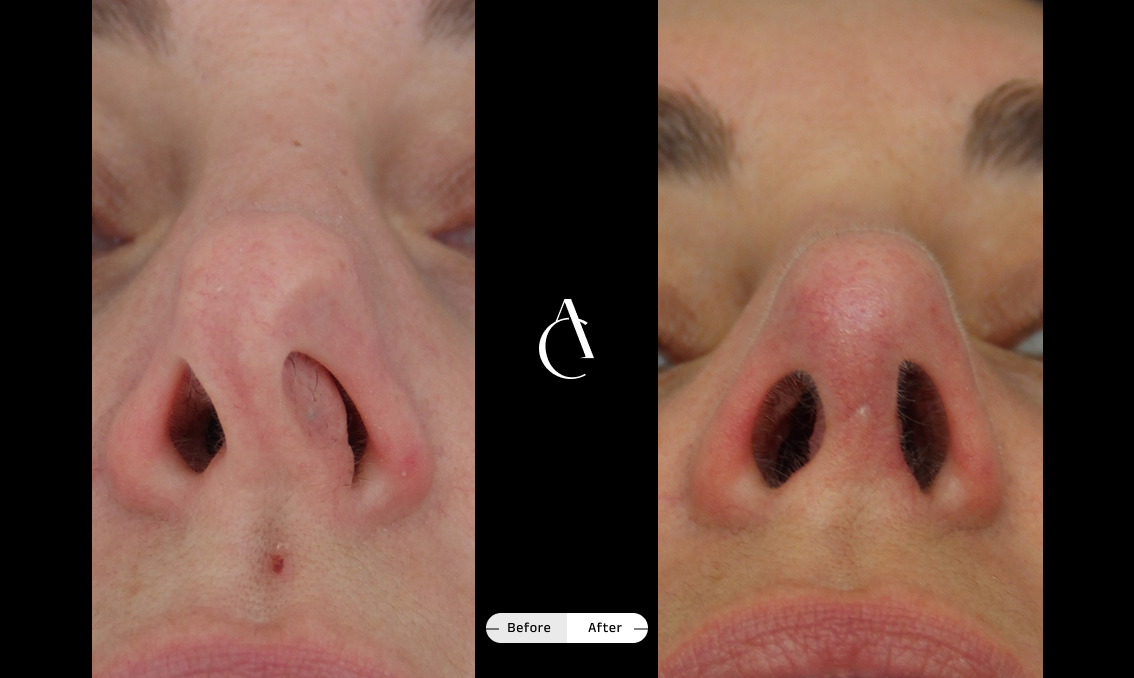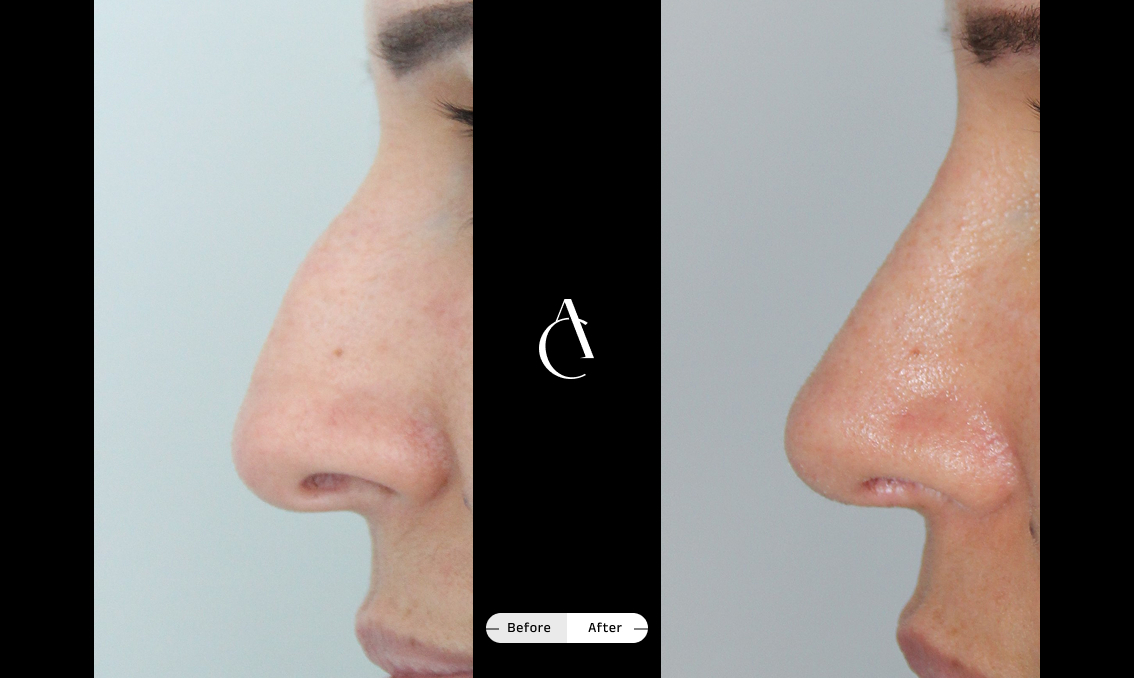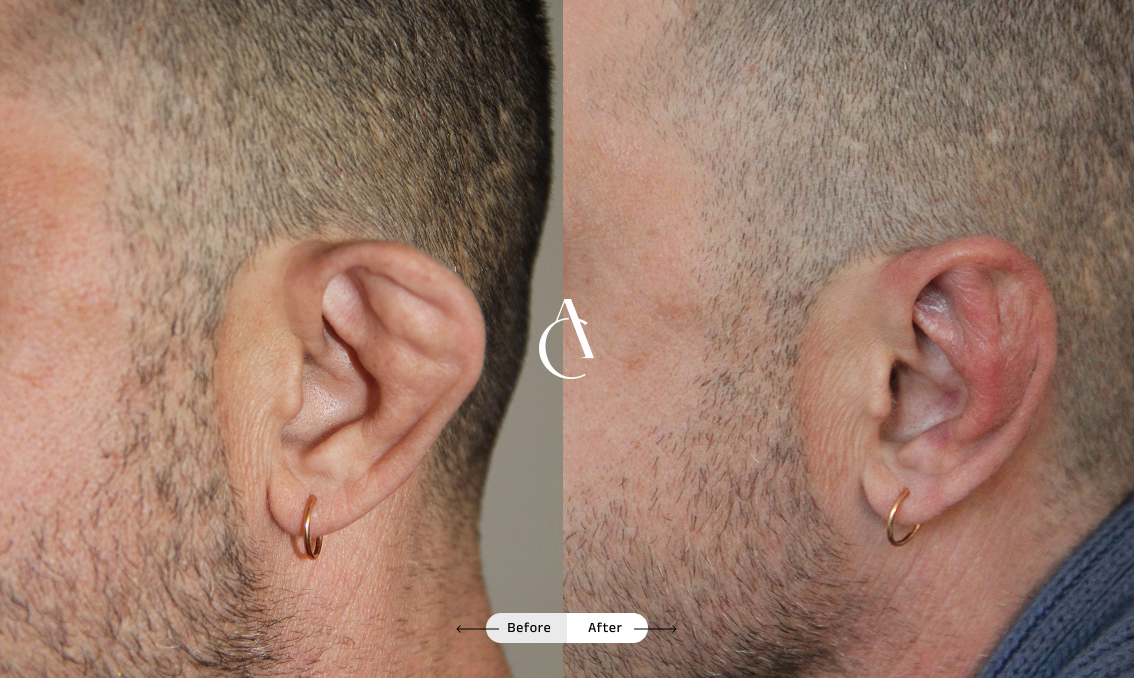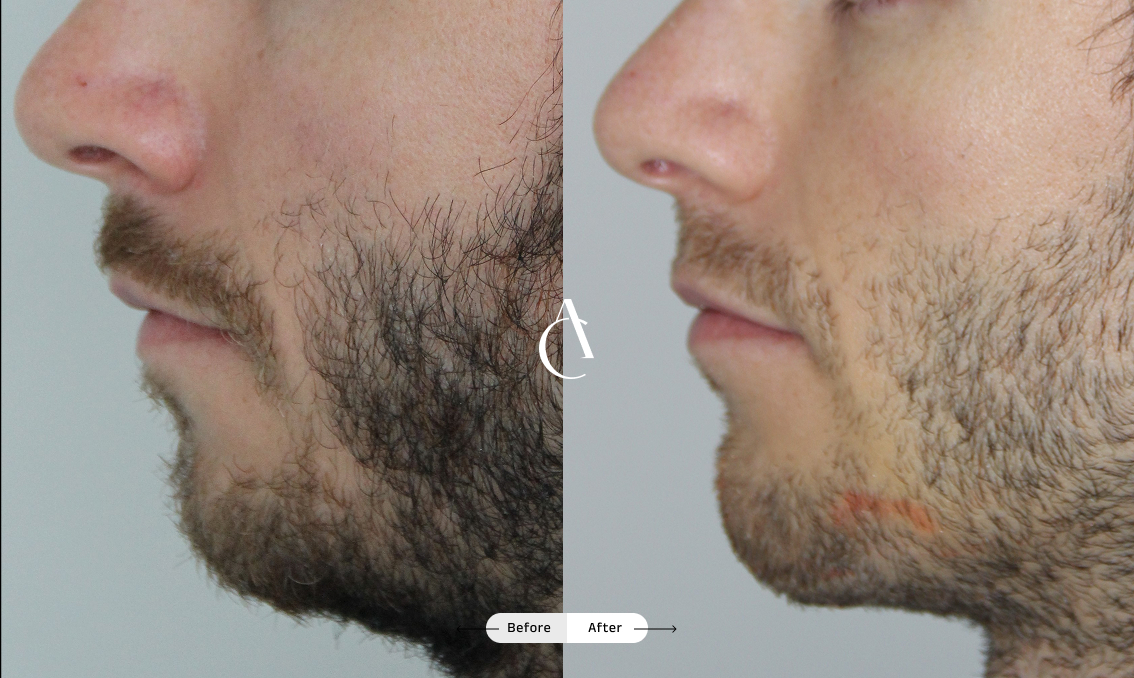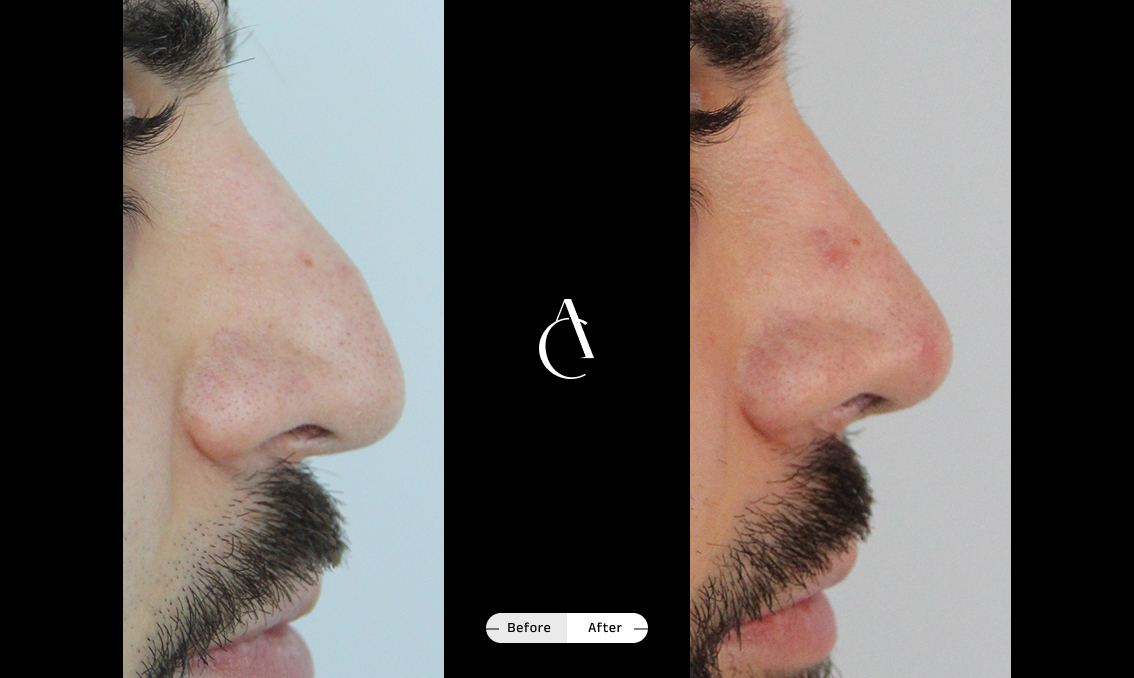This procedure needs a carefully managed recovery period to make sure the results are successful. If you’re wondering when you can start exercising after rhinoplasty, here’s a breakdown of what you can expect as you safely ease back into your fitness regime.
When can you safely exercise after rhinoplasty?
It’s important to have realistic expectations when recovering from surgery, as you won’t be able to dive right back into your fitness regime the moment the swelling subsides. For most patients, it’s a phased return within around four to six weeks of surgery.
Patience is key during recovery. You might feel fine in yourself and ready to hit the gym, but the internal structures of your nose may not yet be strong enough to withstand the pressure put on them by exercise, and by the increased blood flow this entails. You’ll usually be able to start light walking within days of surgery, but you’ll need to wait for the all-clear from your surgeon before getting back into strenuous workouts, high-impact cardio or heavy weightlifting – and it will need to be a gradual return.
Why can’t you exercise right after rhinoplasty surgery?
The tissues in your nose undergo quite an ordeal during surgery, and they’ll be delicate in the weeks that follow while they heal. There are several important reasons why you should avoid exercise in the beginning:
- Risk of bleeding: exercise raises your blood pressure and heart rate, which could trigger post-operative bleeding
- Swelling: increased circulation during exercise makes swelling worse, delaying your recovery
- Pressure on healing tissues: exercise can place sudden strain on sutures, grafts or cartilage adjustments
- Breathing issues: exercise takes more oxygen, but in the aftermath of nose surgery the congestion you may experience can make breathing more difficult
For these reasons, it’s best to avoid exercise in the first few weeks in order to help your body recover from surgery as quickly as possible and avoid complications.

Image Source Freepik
Timeline: how long after rhinoplasty can you work out again?
If you’re eager to get back to your regular workout, it’s important to do so gradually. Here’s a rough guide to what you can expect and when:
- Week 1: focus on resting this week, but you can walk around gently indoors to support good circulation.
- Week 2: you might be able to go for gentle walks outdoors, but you should avoid lifting, bending over or doing anything that significantly raises your blood pressure.
- Weeks 3 to 4: at this point, some patients are able to start light cardio – such as riding an exercise bike or walking briskly – as long as there’s no discomfort or increased swelling.
- Weeks 5 to 6: you can make a gradual return to working out in the gym, beginning with low-impact exercises and avoiding contact sports, running or heavy lifting.
- 6+ weeks: many patients are able to get back to their full exercise routines at this stage, but it may take a while longer for your surgeon to clear you for high-risk and/or contact sports.
For a more detailed timeline, have a read of our article on recovering from rhinoplasty.
Can you go to the gym after rhinoplasty? What to avoid
In addition to the issues we’ve already discussed around the fragility of your nose post-surgery, gyms present a number of other increased risks during your recovery.
In particular, the use of shared equipment means a greater risk of infection, so it’s important to disinfect machines, weights and other equipment before use and to wash your hands regularly.
Gyms are also crowded environments where there’s a higher chance of bumping into someone or something, which could be bad news for your nose. You can lessen this risk by planning your workout for quieter times of the day, and sticking to controlled, low-intensity activities until you’ve had full sign-off from your surgeon. It’s also vital to avoid types of exercise that involve any kind of pressure on your face, such as headrests or swimming goggles.
Cardio after rhinoplasty: when is it safe to resume?
Cardio raises your heart rate and blood pressure, which both have a direct impact on the healing process of your nose. That’s why it’s important to build up your return to cardio slowly. In the early days after surgery, start with walking, which is the safest form of cardio. After three or four weeks you can then build in activities such as using an exercise bike. Save high-intensity activities – such as HIIT workouts and running – for at least six weeks after surgery, and wait until your surgeon gives you the go-ahead before resuming these activities.

Images source: Freepik
Can you do squats or lower-body training after rhinoplasty?
Lower-body exercises – such as squats and lunges – might seem like they have nothing to do with your face, but they still involve straining or holding your breath, and they also raise your blood pressure and heart rate, which can mean more swelling and a longer recovery time. Stick to light movements from about weeks three to four, with no heavy weights, and ask your surgeon before introducing resistance training back into your fitness regime.
When can you lift weights after rhinoplasty?
It’s best to wait at least five or six weeks before reintroducing light resistance training into your workout, beginning with light weights and controlled reps. This is because weightlifting – and in particular compound movements such as bench or overhead presses, or deadlifts – put considerable strain on your body, leading you to hold your breath. This in turn puts strain on your fragile nasal tissues as they heal, so it’s important to get sign-off from your surgeon before starting full intensity lifting.
What happens if you exercise too soon after a nose job?
The post-surgery wait to resume your fitness regime can feel frustrating, but patience is vital. If you resume exercise too soon, you could seriously impact your recovery and potentially suffer consequences such as:
- Increased swelling and bruising
- Excessive bleeding
- Delayed healing
- Shifted or damaged nasal structures
- Unsatisfactory cosmetic results
There’s even the potential for these kinds of complications to require revision rhinoplasty surgery, so it’s always better to err on the side of caution.
Tips for returning to exercise after rhinoplasty
If you’re keen to get back to exercising after your rhinoplasty surgery, here are some tips to keep in mind as you make a phased return to your fitness regime:
- Check with your surgeon: always ask your surgeon before resuming any activity
- Start slow: try gentle walking before going back to more intensive workouts
- Stay hydrated: this helps with healing and recovery
- Avoid heat: steer clear of hot yoga, saunas and sun exposure, as these can make swelling worse
- Protect your nose: contact sports and crowded spaces are a no-go until your nose is properly healed
- Listen to your body: if you’re experiencing pain, throbbing or swelling, listen to your body and stop exercising immediately
Summary: when and how to resume workouts after a nose job
It takes patience to recover from rhinoplasty surgery. While you can start walking gently days after surgery, and get back into light cardio three to four weeks later, it will be at least six weeks before you can resume your normal workouts without risking your health and the outcome of your surgery.
Contact us today to schedule your consultation with Dr. Cuno and find out more about the process of rhinoplasty surgery here at his Geneva clinic.
Images source: Freepik


